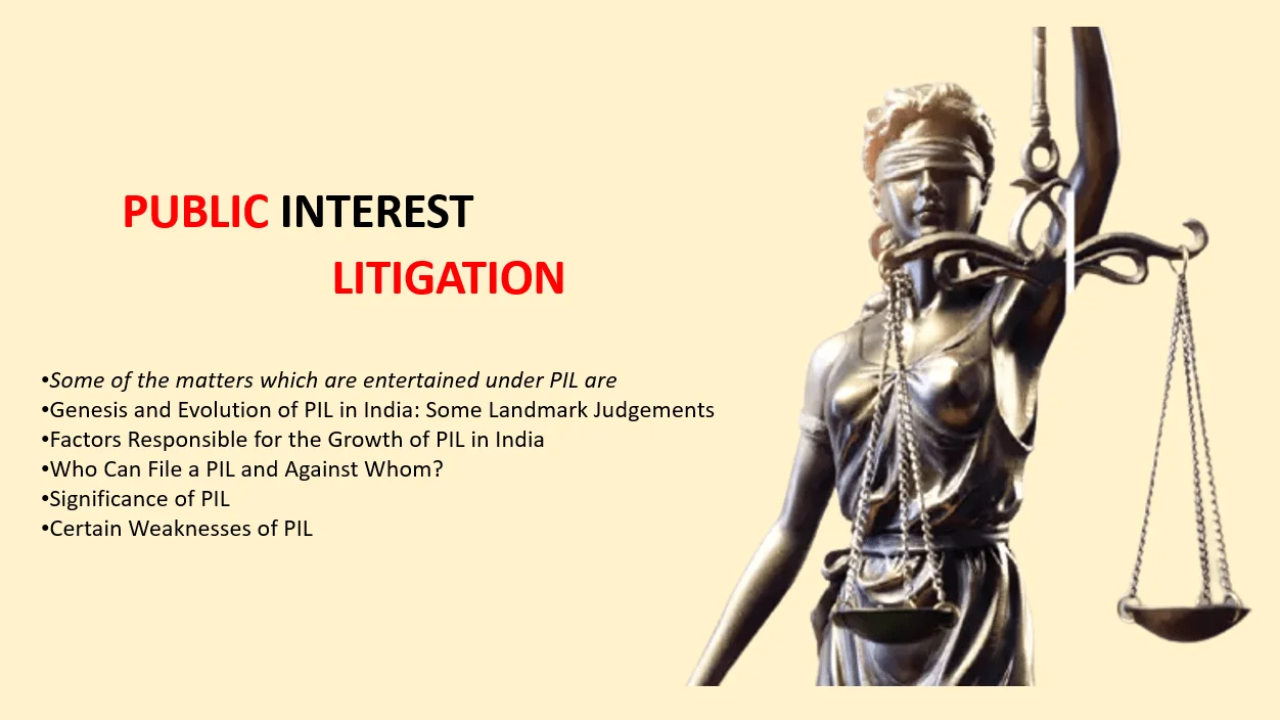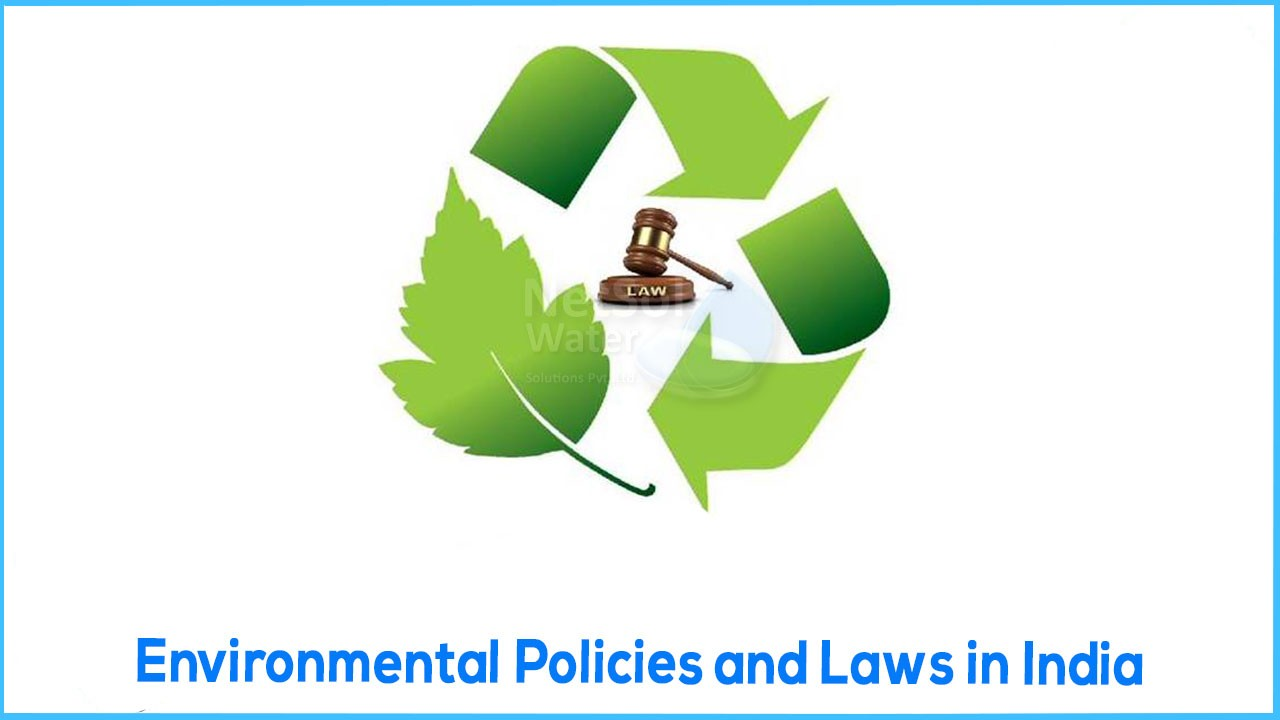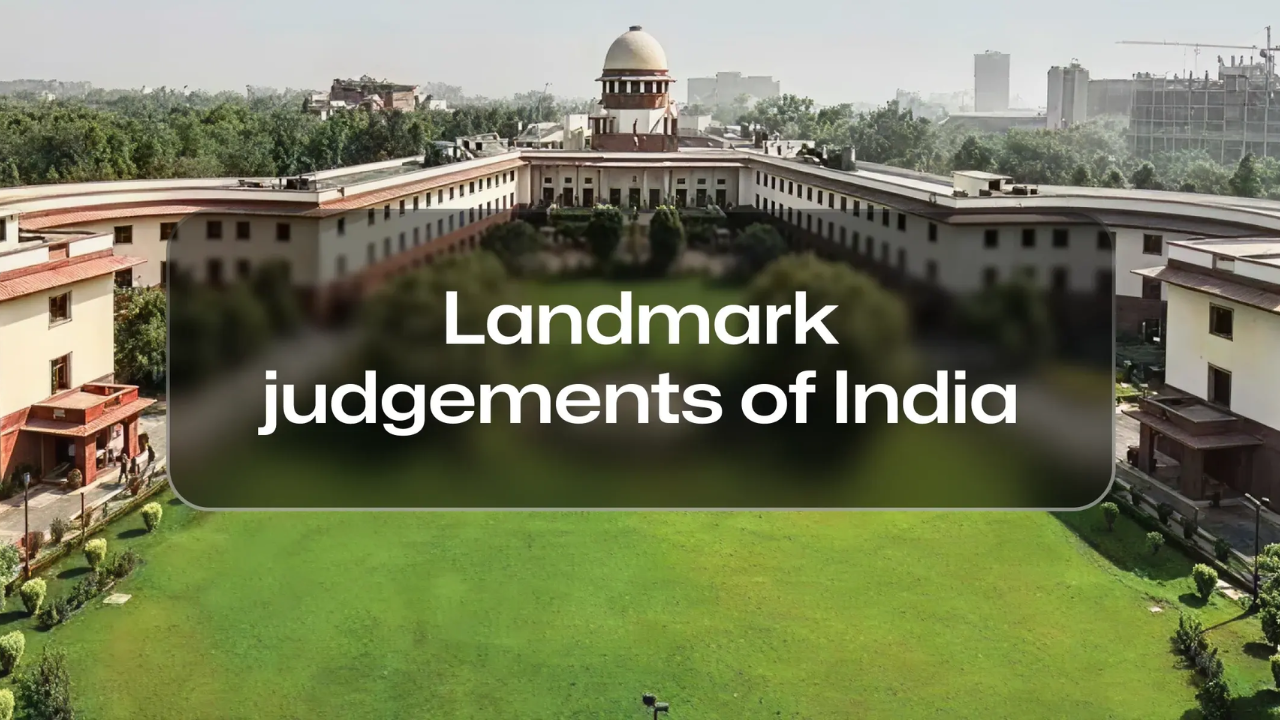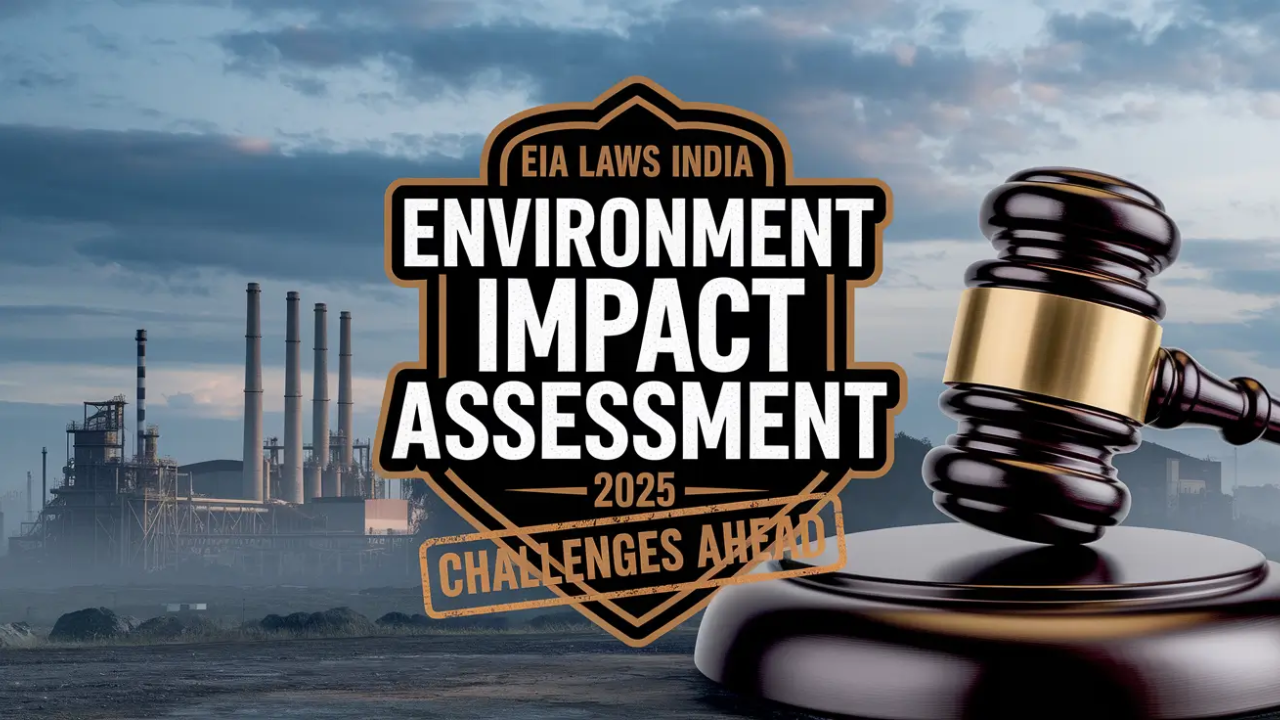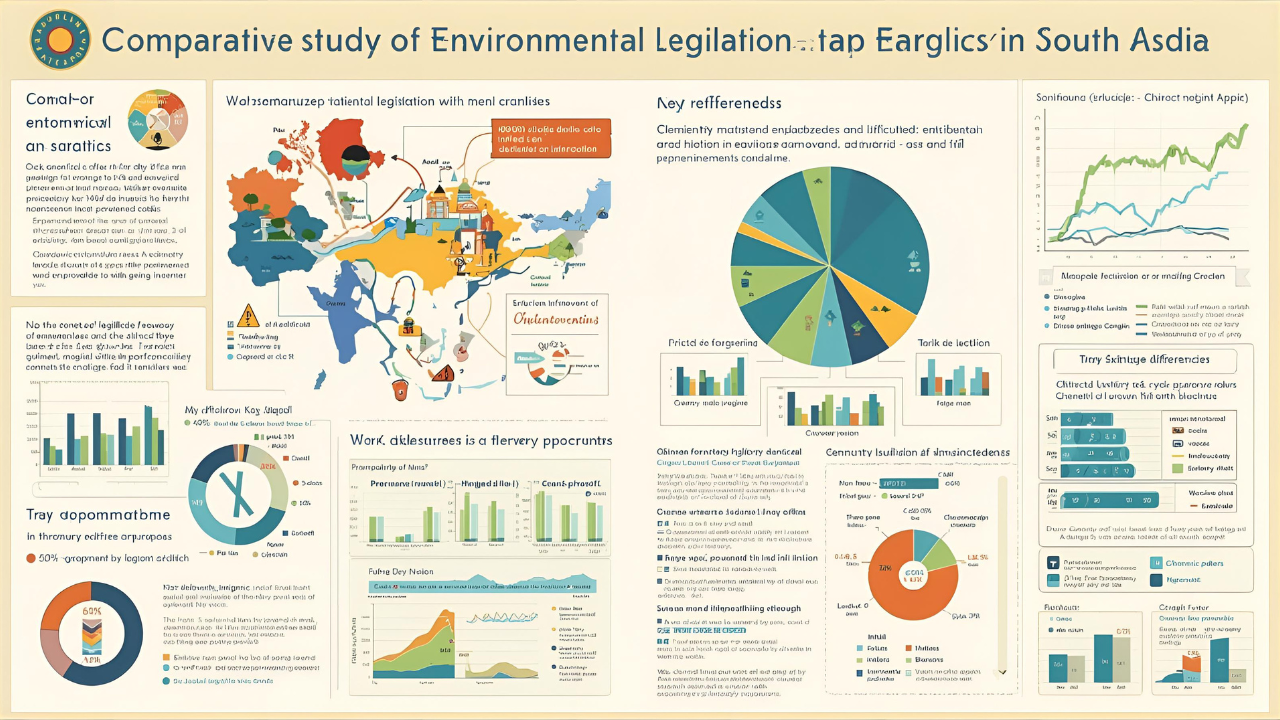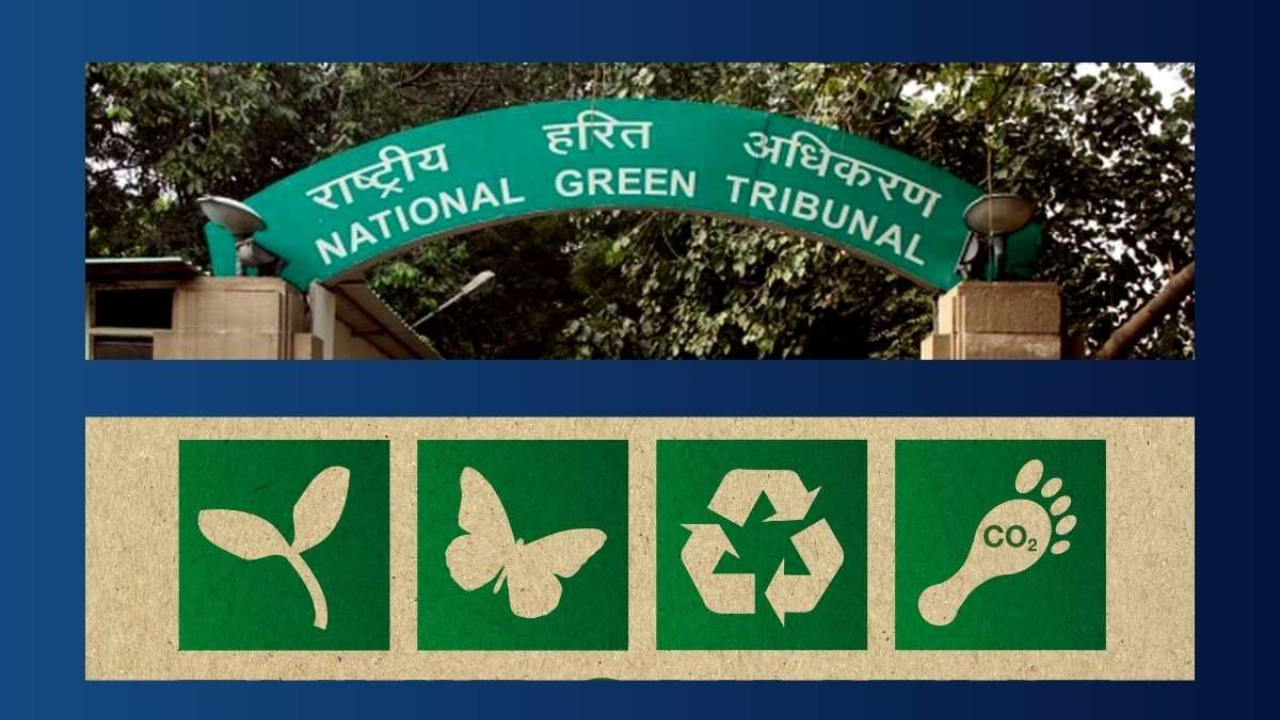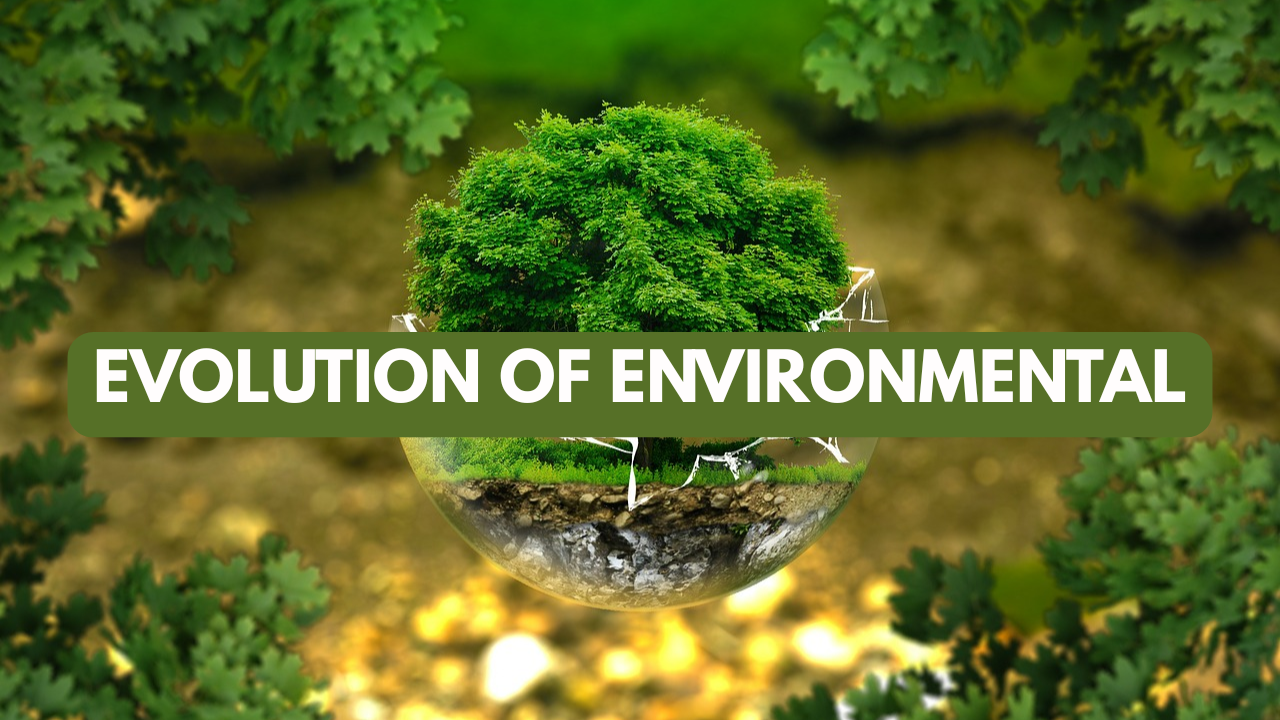Public Interest Litigation (PIL) as a Tool for Environmental Justice
Environmental challenges such as deforestation, air and water pollution, biodiversity loss, and climate change have grown rapidly in India due to industrialization and urbanization. Traditional legal mechanisms often failed to address these concerns effectively, leaving citizens and communities without adequate remedies. Against this backdrop, Public Interest Litigation (PIL) has emerged as a transformative tool in … Read more

